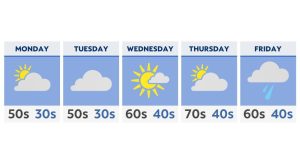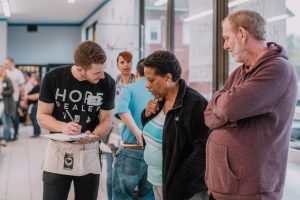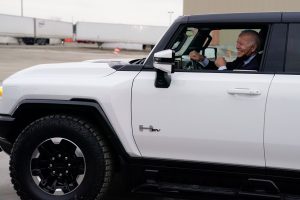A desktop video magnifier and DaVinci Pro, full page text-to-speech device, are helpful tools for the visually impaired. Sinsel said he loves using it.
“I ain’t kidding ya. This made my day right here,” Sinsel said.
He used the DaVinci Pro to make a paracord key chain with the help of blind rehabilitation specialist Teresa Hoffman.
“He doesn’t look at the screen to make the knots,” Hoffman said. “He uses the screen to double check his work.”
It also can do things like read off reminders.
Sinsel has Parkinson’s Disease and Retinitis Pigmentosa, or RP, a rare inherited degenerative eye disease. For Sinsel, it makes it difficult for his eyes to adjust to light and he has no peripheral vision.
“It’s just like a little tiny hole I’m looking through,” said Sinsel.
The West Virginia man was drafted when he was 19 to serve in the army during the Korean DMZ Conflict in 1969. Hoffman called her job rewarding.
“The honor to serve these veterans that served us,” she said.
Hoffman has worked at the Cleveland VA Blind Rehabilitation Center since it opened in 2011 as a 15-bed in-patient program.
Veterans with varying degrees of low vision stay for several weeks for one-on-one training in five skill areas.
Hoffman said woodworking is a popular program. She said she remembers one veteran who was amazed at what he could do in the shop.
“He said, ‘I feel more confident now than I have in a long time and I just can’t wait to learn more,'” she recalled. “It was so exciting to hear that. It’s heartwarming, you know?”
Besides manual and living skills and computer and phone instruction, programs range from adaptive kitchen skills to even tandem biking.
Veterans can go through the various programs as many times as they’d like to achieve new goals and live more independent lives.
“When I get to the place where I can’t do nothing for myself, I’ll be the first one to let you know,” Sinsel said. “But until then, Don’s going to take care of himself.”




